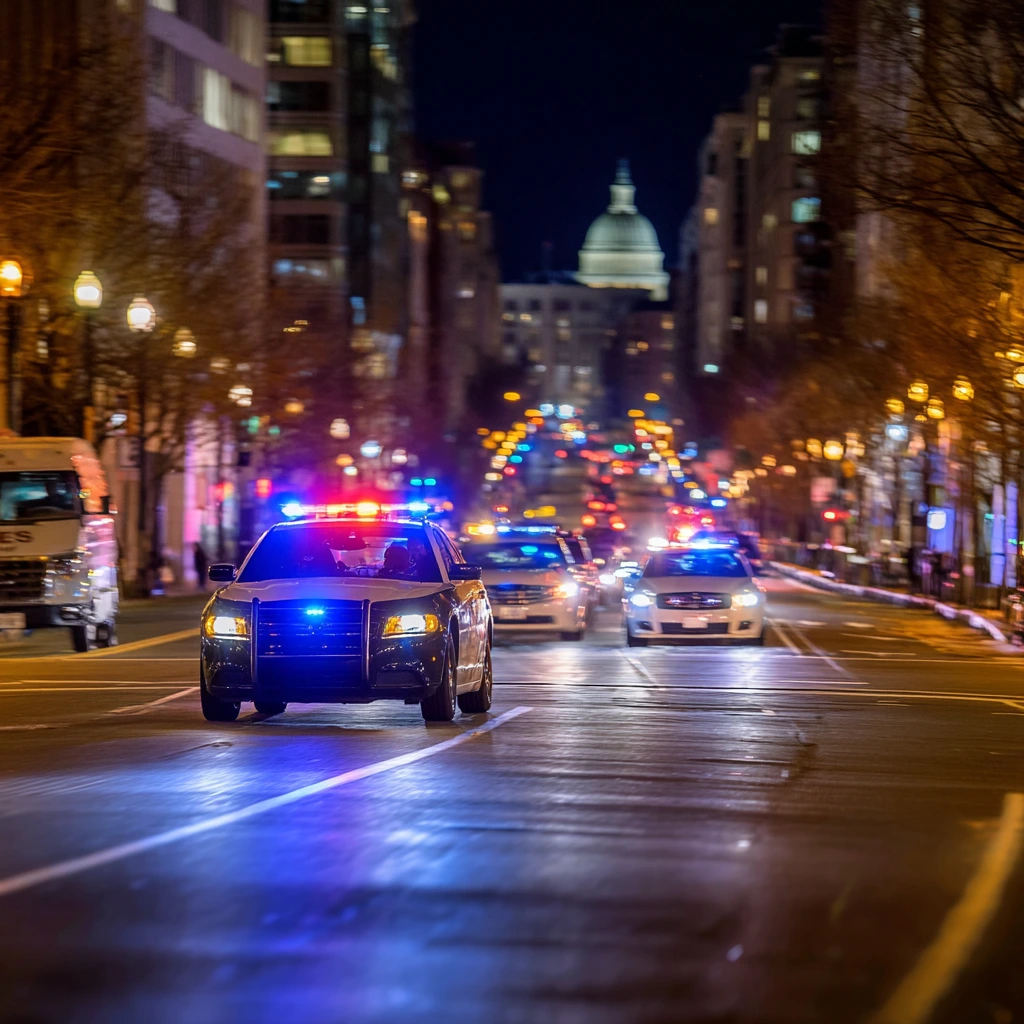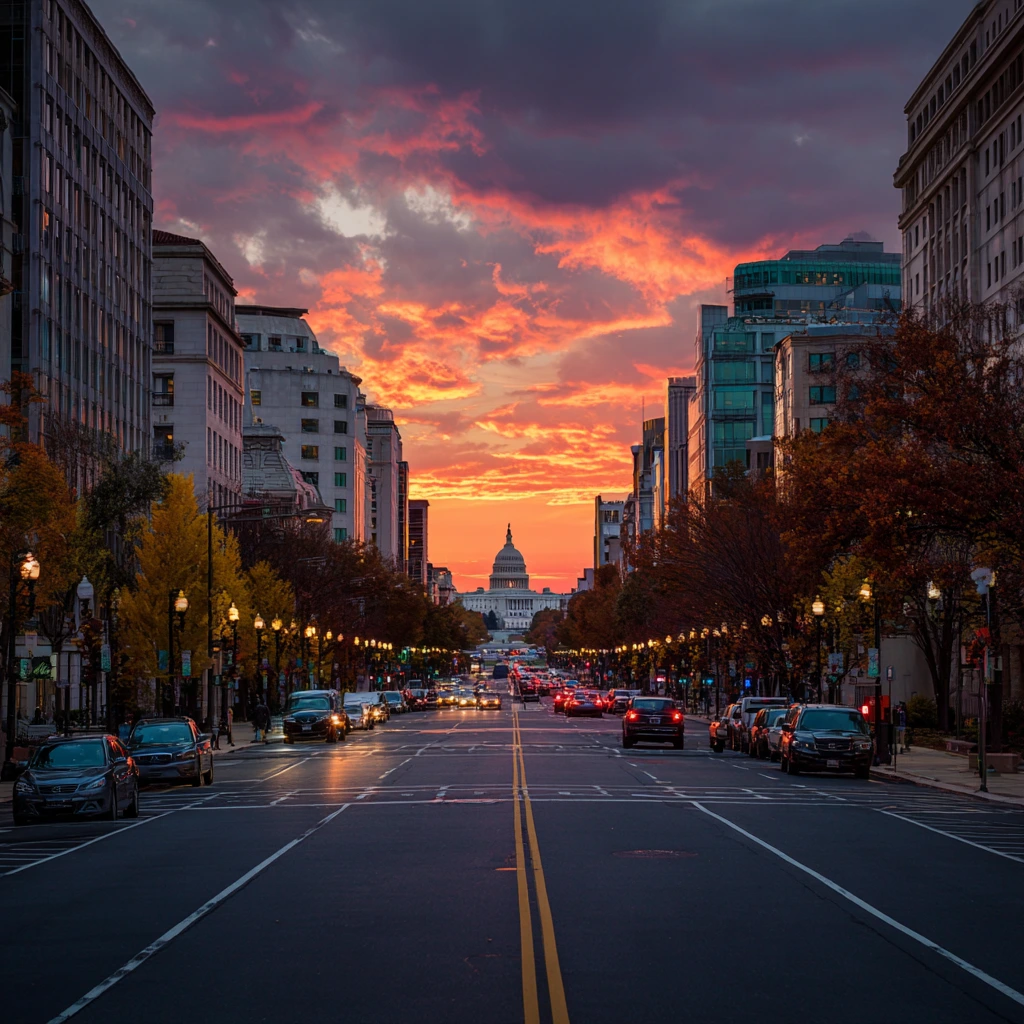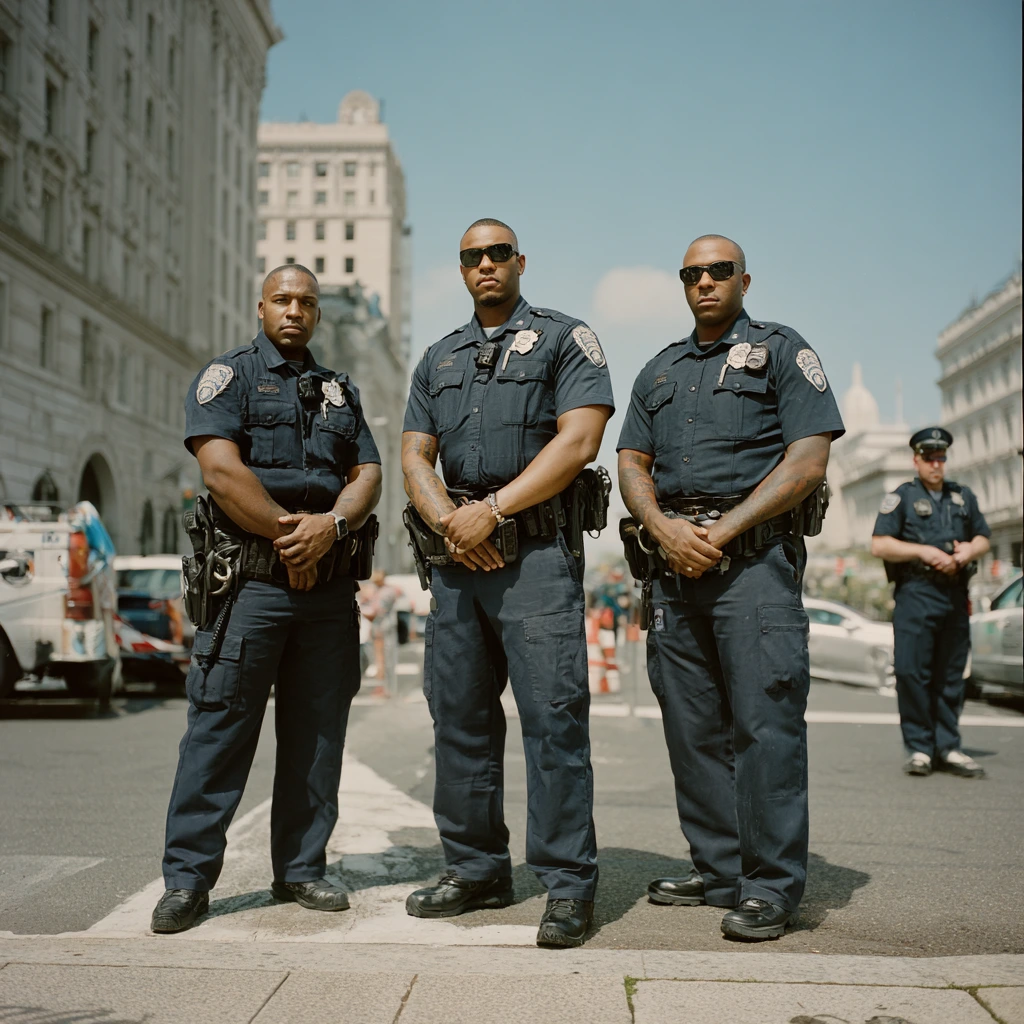The nation’s capital, a city already steeped in political symbolism and frequent debate, has become the focal point of a significant and deeply controversial initiative. Under a presidential executive order titled “Making D.C. Safe and Beautiful,” federal authorities have been deployed to Washington, D.C., in a concerted effort to combat crime and address visible homelessness. The move involves a multi-pronged approach: the deployment of National Guard troops and federal agents, a temporary federal takeover of the city’s police force, and the aggressive clearing of homeless encampments. While proponents argue that this show of force is a necessary intervention to restore order and public safety, the initiative has ignited a firestorm of protest and debate. At its core, this situation is a powerful case study in the tension between federal and local authority, the complexities of urban policy, and the fundamental questions of social justice and civil liberties in a modern American city.

The Deployment: A Show of Force, Not a Partnership
The sight of hundreds of federal agents, from agencies including the FBI, DEA, and ATF, alongside National Guard troops on D.C. streets, is a stark visual representation of the federal government’s assertion of power. The presidential administration has framed this as a response to what it calls an urgent “crime emergency,” citing high-profile incidents and portraying the city as a hotbed of violence. This narrative, however, has been met with sharp criticism and contradictory data from local officials. D.C. Mayor Muriel Bowser and the city’s police chief have publicly questioned the premise of the crackdown, noting that violent crime rates in the city had shown signs of decline prior to the federal intervention.
The legal basis for this unprecedented action rests on the unique status of the District of Columbia. As a federal district, D.C. is under the ultimate authority of Congress, and the D.C. Home Rule Act of 1973 allows for a presidential takeover of the city’s police force under “special conditions of an emergency nature.” By invoking this provision, the administration has bypassed local authority, effectively placing the D.C. Metropolitan Police Department under federal command. Critics, including D.C. Attorney General Brian Schwalb, have decried this move as “unlawful” and a direct affront to the city’s limited self-governance, transforming a local police force into an arm of the federal executive.

“Making D.C. Safe and Beautiful”: The Human Cost of Displacement
A central and deeply contentious component of the initiative is the aggressive clearing of homeless encampments. The administration’s rhetoric has explicitly linked these encampments to a lack of “beauty” and order, with the president promising to “get rid of the slums.” This approach, however, has had an immediate and profound human cost. News reports and advocacy groups have documented individuals being forced to pack their belongings with little notice, their tents and possessions often bulldozed and sent to landfills.
Advocacy organizations like the Washington Legal Clinic for the Homeless and the Coalition for the Homeless have warned that the city’s existing shelter system is already at capacity, with a significant deficit in the number of beds available for those living on the streets. White House press officials have stated that those who refuse to move to a shelter will be “susceptible to fines or to jail time,” a policy that critics argue effectively criminalizes homelessness and poverty itself. This strategy has been widely condemned for disrupting the fragile stability and community found within these encampments, making it even more difficult for outreach workers to connect displaced individuals with long-term housing solutions, mental health services, and addiction support. Instead of addressing the root causes of homelessness, this initiative appears to be an effort to simply make the issue less visible.

Federal Authority vs. Local Autonomy: A Constitutional Crossroads
The “Making D.C. Safe and Beautiful” initiative has placed the perennial debate over D.C. statehood and home rule at the forefront of the national conversation. While other states’ governors have a degree of control over their National Guard units, the president holds direct command over the D.C. National Guard. This unique constitutional arrangement has historically allowed the executive branch to deploy federal forces to the city without local consent, a power that has been a source of tension for decades.
This latest deployment is seen by many as the most sweeping assertion of federal authority over a local government in modern times. D.C. officials, along with civil liberties advocates, argue that this action sets a dangerous precedent, not only for the District but for the rest of the country. They fear that if a president can unilaterally declare a “crime emergency” to take control of a city’s police force and militarize its streets without local input, it could pave the way for similar actions in other cities. The timing of the deployment, which coincided with planned protests against federal policies, has also raised alarms about the potential for suppressing civil dissent under the guise of maintaining law and order.
Looking Ahead: The Precedent and Political Implications
The events unfolding in Washington, D.C., extend far beyond the capital’s borders. The president has explicitly stated that D.C. is just the beginning, naming other major cities like Los Angeles, Chicago, and Baltimore as potential targets for similar crackdowns. This suggests that the D.C. crackdown is a test run for a broader national strategy, one that uses federal power to intervene in what are traditionally considered local issues.
The long-term implications are profound. If the federal government’s actions are successful in suppressing crime and a significant portion of the public accepts the trade-off of federal overreach for perceived safety, it could fundamentally alter the relationship between federal and urban governance. However, if the crackdown leads to civil rights abuses, a deepening of social inequalities, and a backlash from local communities, it could galvanize a movement for greater D.C. autonomy and a re-evaluation of the limits of presidential power. Ultimately, the story of “Making D.C. Safe and Beautiful” is not just about crime or homelessness; it is about the future of urban policy, the balance of power in a democracy, and the core values that define a just society.
Table of Contents
Trump and Putin Summit : Key Discussions, Controversies, and What to Expect – trendsfocus
Trump exaggerates, misstates facts on DC crime amid police takeover | AP News